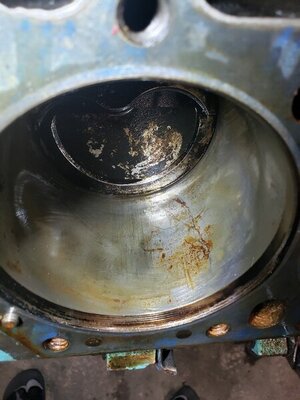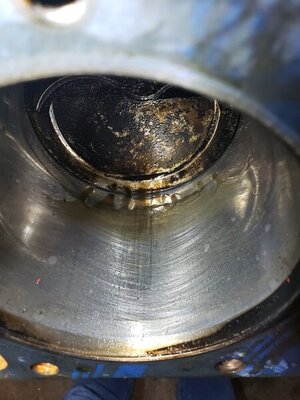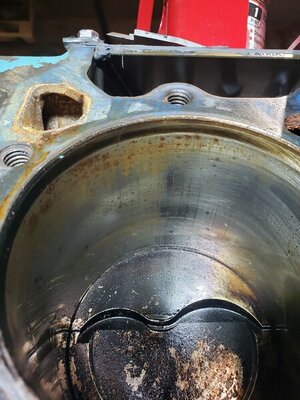Challenger340
Well-Known Member
- Local time
- 1:06 AM
- Joined
- Mar 4, 2014
- Messages
- 857
- Reaction score
- 977
- Location
- Moyie Lake, B.C. Canada
You are missing about 2/3 of your sonic test measurements but the ones you do have, if correct, are very good. Something else is wrong. The block shouldn't split with those thicknesses.
I agree..... You've got something else contributing here, those numbers if correct are very good ?
Bump !


















